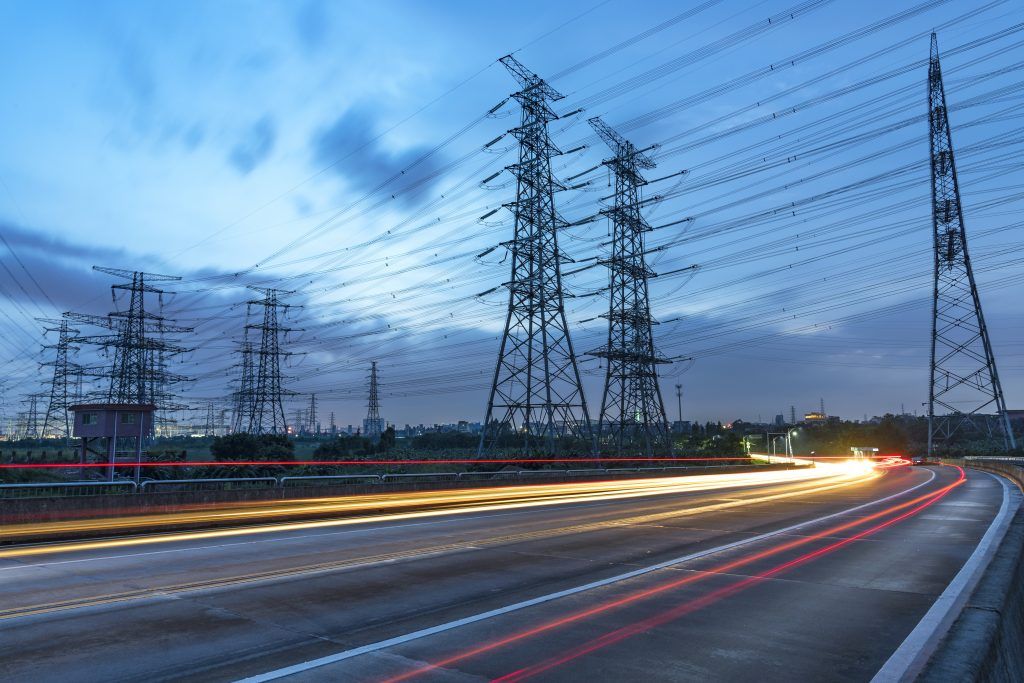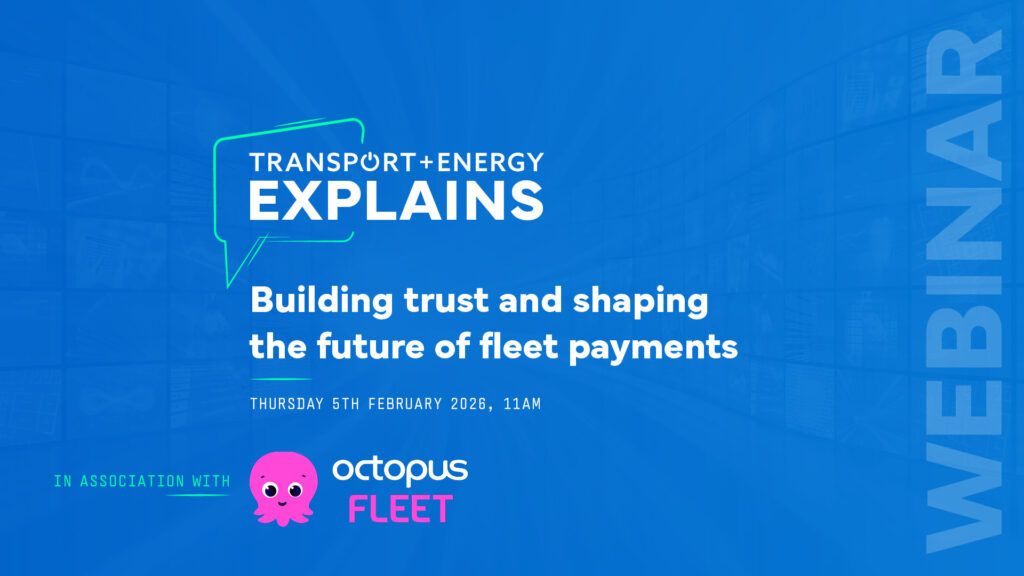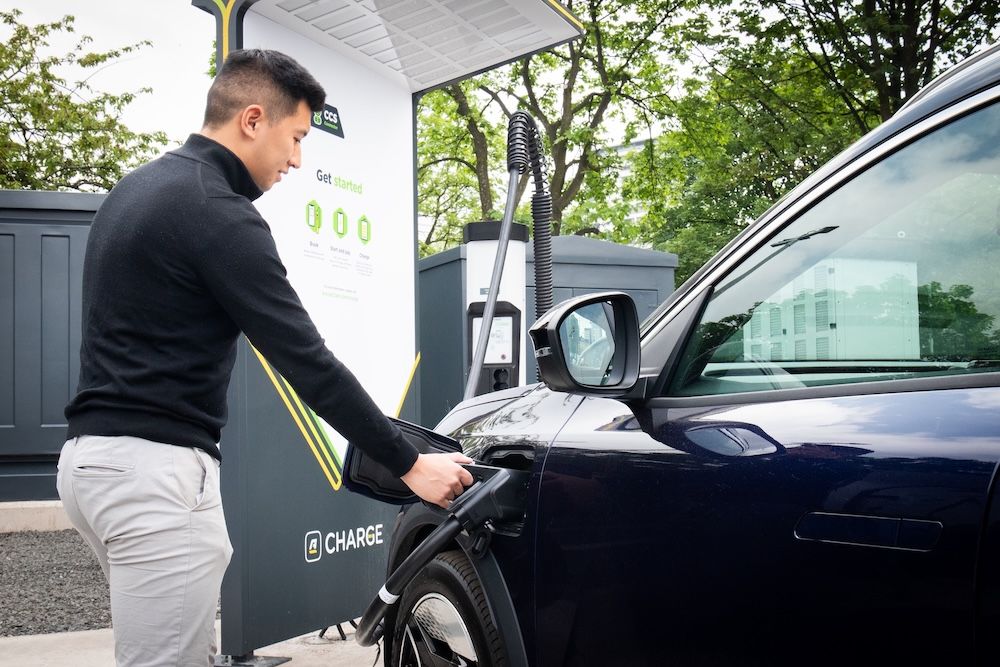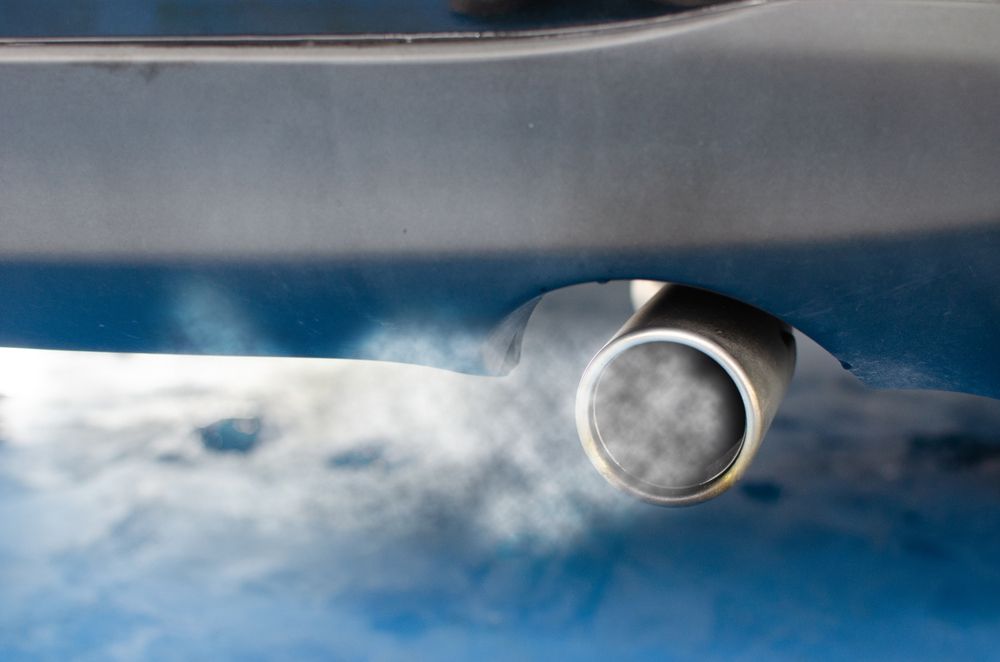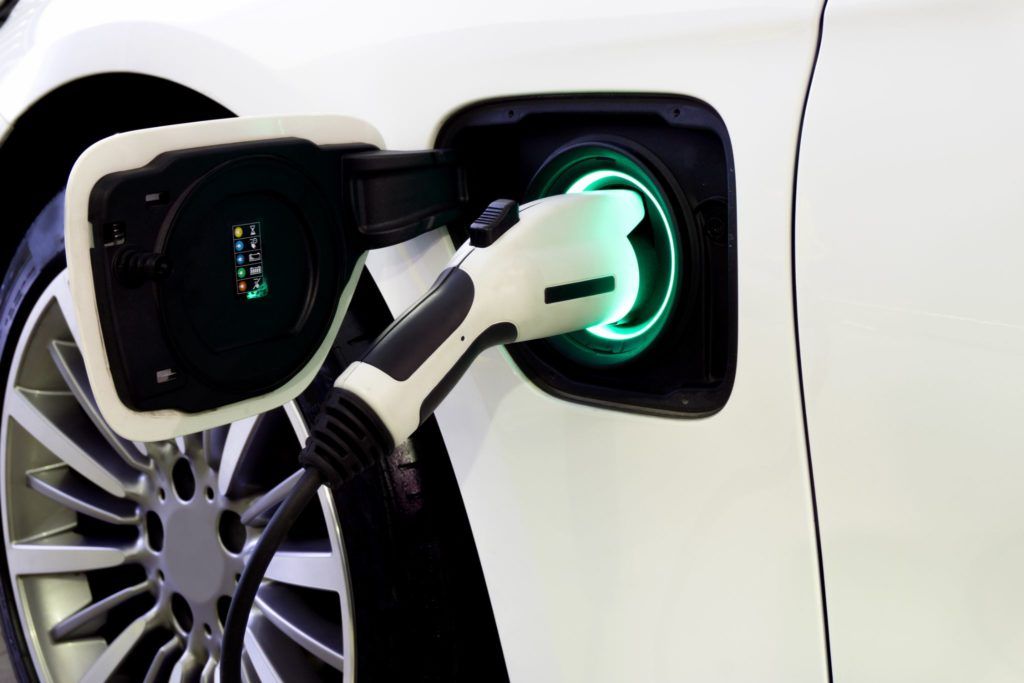Delivering targeted support for 500MW of new grid capacity around Felixstowe and Harwich could unlock hundreds of millions of pounds of investment, according to a new report from the Renewable Energy Association.
Analysis from the Green Transport Hub Strategy report found investment in grid capacity around the Freeport East Economic Area could enable further development of the transport, manufacturing and digital hub.
This could support thousands of new jobs and helping meet the transport industry’s demand for decarbonisation and new growth, it said.
Freeport East, which includes the ports of Felixstowe and Harwich, forms part of the East of England clean energy cluster, and transits more than 40% of the UK’s container shipping traffic.
According to the report, evolving the site would enhance its capacity to produce and supply sustainable fuels, attract new cleantech manufacturing and provide charging infrastructure for EHGVs, and attract foreign investment, contributing to the £5.5bn that the freeport is forecast to contribute to the economy.
Plans unveiled as part of the government’s new Industrial Strategy would see the UK’s Freeports incorporated into the new category of Industrial Strategy Zones, with bespoke support and funding models now streamlined to enable their success.
These include a Connections Acceleration Service and a £600m Strategic Sites Accelerator both of which could help speed up new investments.
To ensure Freeport East will be able to realise its potential as an engine of economic growth, and access the required 500 MW of additional grid capacity, the report recommends:
- Developing a coordinated electricity capacity plan that brings together the needs of businesses, developers, and the local community and reflects Freeport East’s position both as an economically significant industrial cluster, and a Government-backed Industrial Strategy Zone.
- Securing governance assurance from local and national bodies to ensure the necessary electricity capacity is prioritised.
- Engaging with the Regional Energy Strategic Plans (RESPs) process to advocate for the increased capacity required for Freeport East’s green and industrial developments and ensure that 2026 tRESP plan addresses Freeport East’s capacity needs.
- Maintaining ongoing analysis and collaboration with local distribution grid operator UK Power Networks to identify future energy needs and ensure timely grid upgrades.
The report itself has now delivered on the first two of those recommendations. Freeport East and the industry are now leading engagement with the National Electricity System Operator (NESO) to ensure new energy capacity is available to supporting planned investments.
Matt Adams, Head of Transport at the REA, said:
“Freeport East is one of the UK’s most strategically important industrial clusters. Ensuring it is able to transition to a Green Transport Hub and support new manufacturing investments is critical for meeting our decarbonisation goals and for maintaining the UK’s position as a leader in clean transport, technology, innovation and infrastructure.
“The opportunities for significant inward investment that would come from enhanced grid capacity are obvious and our report sets out a detailed plan for how Freeport East and industry stakeholders, working alongside Government, can make this a reality.”
Steve Beel, Chief Executive at Freeport East, said:
“We welcome this important report which sets out how major investment opportunities at Freeport East can thrive with additional grid capacity.
“Modern investments across a range of sectors including Advanced Manufacturing, Clean Energy Industries and Digital & Technology Services require strong access to the grid. This allows for reliable power access as well as the ability for businesses to develop self-sufficiency through on-site renewables production that can share surplus energy with wider consumers.
“The Government’s endorsement of Freeport East as a new Industrial Strategy Zone provides exactly the kind of focus on delivery that we feel can deliver the grid infrastructure we require to fulfil our economic potential.”
Image from Shutterstock



